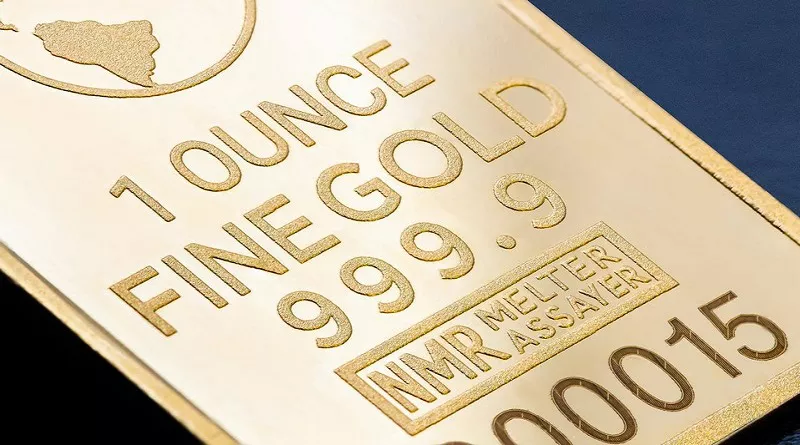Gold prices saw a slight increase on Wednesday, as investors awaited the U.S. consumer price inflation (CPI) report, which could offer important insights into the Federal Reserve’s interest rate trajectory for the year.
In the UAE, gold rates rose by AED0.75, with 24-carat gold reaching AED324, 22-carat gold rising to AED300, and 21-carat gold climbing to AED290.5. Meanwhile, 18-carat gold stood at AED249.
Global Gold Prices
Globally, spot gold rose by 0.42%, trading at $2,679.97 as of 6:09 GMT. U.S. gold futures gained 0.43%, reaching $2,693.80. Meanwhile, the U.S. dollar index dipped by 0.03% to 109.24, staying near its two-year peak, which made gold more attractive for holders of other currencies.
Market Sentiment and Expectations
Gold prices were driven higher ahead of the highly anticipated U.S. CPI report for December, scheduled for release at 13:30 GMT. Investors are looking for additional clues on the Federal Reserve’s path for interest rates after last week’s U.S. jobs report, which underscored the strength of the economy and caused traders to scale back their expectations of further Fed rate cuts.
A stronger inflation report could reinforce expectations that the Federal Reserve will normalize its policy stance following significant rate cuts in 2024, which could put downward pressure on gold prices. As a non-yielding asset, gold tends to thrive in a low-interest-rate environment and serves as a hedge against inflation.
Producer Prices and Economic Data
On Tuesday, U.S. producer prices showed a modest rise of 0.2% in December, according to the U.S. Bureau of Labor Statistics. The core producer price index remained flat during the month. This data, along with last week’s strong jobs report, supported the U.S. dollar, which surged to a two-year peak. However, traders are still largely expecting the Federal Reserve to hold off on further rate cuts until the second half of the year, given the resilience of the labor market. A pause in rate cuts at the Fed’s January policy meeting is fully priced in by the markets.
Geopolitical Influence and the Impact of Trump’s Policies
As President-elect Donald Trump prepares for his second term, attention is turning to his potential policies, which are expected to contribute to inflationary pressures. Reports suggest that Trump’s economic advisers are considering a gradual increase in tariffs to prevent a sudden inflation spike. This has led to a modest pullback in U.S. Treasury bond yields and the dollar, which has benefited gold prices.
Trump’s past promises of imposing significant tariffs on major U.S. trading partners, including Mexico, Canada, and China, as well as threatening a 100% tariff on BRICS nations, could lead to increased market volatility and heightened trade tensions. This, in turn, could drive demand for safe-haven assets like gold. However, these policies may also prompt the Federal Reserve to adopt a more cautious approach to rate cuts, which could limit gold’s upside potential.
The Federal Reserve’s December meeting minutes revealed concerns about inflationary pressures stemming from protectionist policies under Trump, with uncertainty surrounding his plans expected to rise as his inauguration approaches.
Conclusion
With gold prices rising ahead of the U.S. CPI report, much of the market’s focus remains on the Federal Reserve’s next steps and the geopolitical factors at play. While inflationary concerns and potential tariffs under Trump could support gold as a safe-haven asset, rising interest rates and a cautious Fed stance may limit its gains in the short term.

